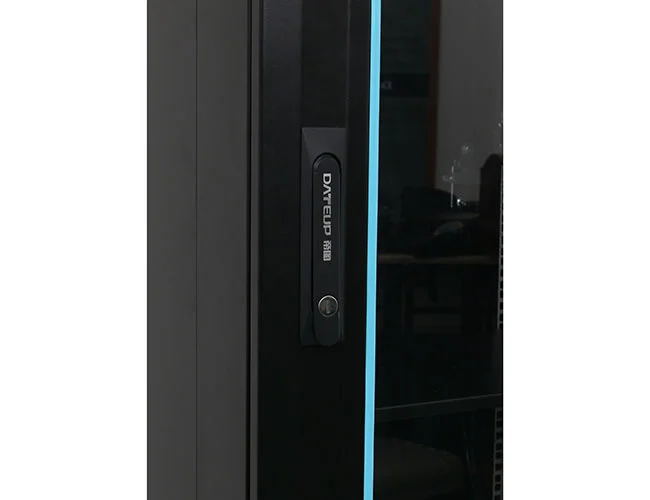News
Site Editor
 Site
https://leonetworkgroup.usa18.wondercdn.com/uploads/image/5fe152faa587d.png
A fiber optic patch panel is a central distribution point for cables that terminate or originate from different network frames. These panels are essential in data centers, telecommunications, and broadcasting applications because they provide a centralized and organized way to manage network connections. In this article, we will explore what a patch panel fiber optic is, why it is important, and h
Site
https://leonetworkgroup.usa18.wondercdn.com/uploads/image/5fe152faa587d.png
A fiber optic patch panel is a central distribution point for cables that terminate or originate from different network frames. These panels are essential in data centers, telecommunications, and broadcasting applications because they provide a centralized and organized way to manage network connections. In this article, we will explore what a patch panel fiber optic is, why it is important, and h
What Is Patch Panel Fiber Optic
Views: 1154
Author: Site Editor
Publish Time: 2023-07-18
Origin: Site
A fiber optic patch panel is a central distribution point for cables that terminate or originate from different network frames. These panels are essential in data centers, telecommunications, and broadcasting applications because they provide a centralized and organized way to manage network connections. In this article, we will explore what a patch panel fiber optic is, why it is important, and how it works.
What Is a Patch Panel Fiber Optic?
A patch panel fiber optic is a device that allows network technicians to quickly and easily organize and manage fiber optic cables, as well as fix any problems that may arise. Patch panels are essentially distribution points for connections from multiple fibers or optical cables. They receive fibers from outside plant cabling and serve as the termination point for fibers that run across floors or between rooms. This can include various applications such as data centers, manufacturing plants, office buildings, or hospitals.
Patch panel fiber optic technology comes in various types including wall-mounted or rack-mounted units, depending on the specific application. The panels are typically accessible via a front panel that includes various ports where fibers can be connected to. These ports typically accommodate ST, SC, or LC connectors.
Why Is a Patch Panel Fiber Optic Important?
Patch panel fiber optic systems provide a wide range of benefits to organizations. Firstly, they make it easy to manage and organize complex connections between different devices and equipment, ensuring that network connections remain stable and reliable. Additionally, patch panel fiber optics help to streamline the installation of cables and provide a uniform system that can be easily changed or modified to meet evolving networking needs.
The patch panel also provides a valuable addition to fiber optic cables that may require termination. The panel allows these cables to be easily accessed and terminated instead of requiring a far more complicated process of splicing wires to connect. This makes it easy to manage and upgrade fiber optic cables, and gives organizations flexibility in how they operate their systems.
How Does a Patch Panel Fiber Optic Work?
A patch panel fiber optic system is essentially a set of physical ports or connections allowing you to connect a fiber optic cable to your network or equipment. These panels typically feature a front panel with a series of ports that can accommodate a variety of different connector types.
To use a patch panel, technicians will typically attach fiber optic cables to the front panel's ports through a process known as 'patching.' These connections can then transmit data to other devices on the network, providing seamless network communications. When necessary, a technician may also use this connection to modify network configurations or diagnose problems with the cable system.
Conclusion
In summary, patch panel fiber optic systems provide significant benefits for organizations by streamlining connections between different devices and equipment, facilitating upgrades and modifications, and making it easy to manage complex network scenarios. As technology continues to evolve and businesses become increasingly reliant on network connectivity, patch panel fiber optics are sure to become an increasingly critical component of modern networking systems.
If you want to know more about industrial network cabinet,china fiber optic splice closure,china fiber optic distribution box,please consult the fiber optic splice closure factory









